
The company has officially opened a local brand office in South Korean to support its existing business in the region.

The company has officially opened a local brand office in South Korean to support its existing business in the region.
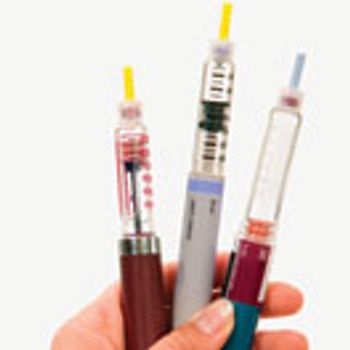
Siliconization is a key process step in the manufacturing of prefilled syringe systems.

The $72-million investment, part of a larger $850-million investment into its US operations, will allow the drugmaker to replace an outdated insulin vial-filling line and to upgrade technology at its Indianapolis manufacturing plant.

Through the support of the Japanese agency, Daiichi Sankyo intends to further develop its genetic vaccine platform focused around its new nucleic acid delivery technology.

Gelest, a manufacturer and provider of silane, silicone, and metal-organic compounds, released a range of dual-function poly(ethylene glycol) (PEG) reagents that enable new approaches to PEGylation for bioconjugates.

Virgin Atlantic Cargo and Delta Cargo have opened a new Pharma Zone at their joint facility at London Heathrow Airport for the handling and storage of pharmaceutical shipments.
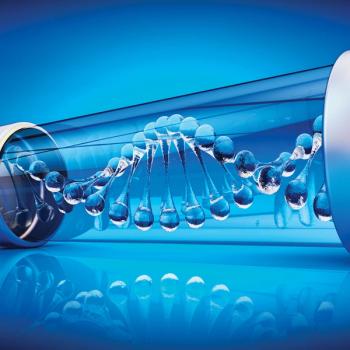
There is a lot of interest in delivering biologics via non-invasive routes in attempt to improve patient compliance and convenience.

Nemera is now authorized to handle, assemble, sterilize, and store pharmaceutical drugs and medicinal products for autoinjector combination products at its facility in Neuenburg, Germany.

UPS has revealed a new system to improve drug supply chain security, in compliance with the Drug Supply Chain Security Act (DSCSA).
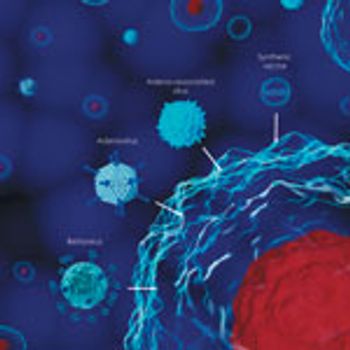
A case study demonstrates that affinity chromatography can offer efficiency and scalability for gene therapy manufacturing using viral vectors.

This review examines how microfluidics has been used in the formulation, preclinical, and clinical development of gene-delivery nanoparticles.

Genentech gets priority review for its application seeking a new indication for its anti-cancer drug, Gazyva (obinutuzumab), in treating follicular lymphoma.

The US Patent and Trademark Office issued three new patents that extend protection for Alexion’s rare-disease drug, Soliris, for an additional 10 years.

Lonza further expands its micronization services with the acquisition of Swiss contract manufacturer, Micro-Macinazione, following its previous $5.5-billion acquisition of dosage form provider, Capsugel.

Recipharm set up a manufacturing line at its facility in Sweden using LIDD’s NanoZolid technology.

Catalent Applied Drug Delivery Institute announced a partnership with Rutgers University to examine the challenges of pediatric drug formulation and delivery.

An NIH study examined a dissolving microneedle technology as a way to deliver the influenza vaccine to patients.

The United Kingdom’s Center for Process Innovation (CPI) is investing in a new project, Microstar, which seeks to reduce risk for formulators through the development of accelerated screening methods for predictive design.

Microdermics will focus on product development and clinical activities of new drug delivery methods, while Vetter’s primary role will be in the fill and finish aspect.

A new study from the United States National Institutes of Health (NIH) found that pairing the antidepressant amitriptyline with drugs designed to treat central nervous system diseases, enhances drug delivery to the brain by inhibiting the blood-brain barrier in rats. The blood-brain barrier serves as a natural, protective boundary, preventing most drugs from entering the brain. The research, performed in rats, appeared online April 27, 2017 in the Journal of Cerebral Blood Flow and Metabolism.
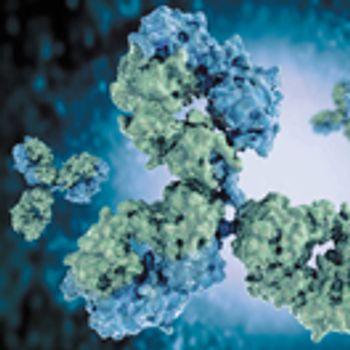
OrlaSURF technology can be used for the development of target-binding assays to monitor the binding of an ADC to its antigen.

Including next-gen antibodies in pharma pipelines is considered essential for future success.

Communication and taking the time to develop the process are key to successful transfer and scale up of biologics

The investment will be used to advance Nemaura’s R&D programs, which include liquid vaccines that have been reformulated for administration through the skin using its micropatch drug delivery technology.
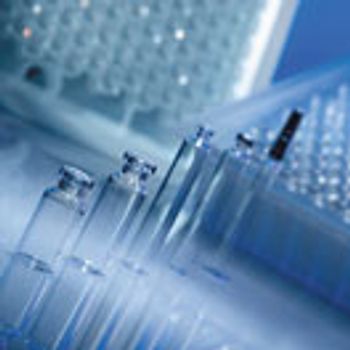
Primary packaging and container design reflects a move to patient-friendly formulations and delivery systems.